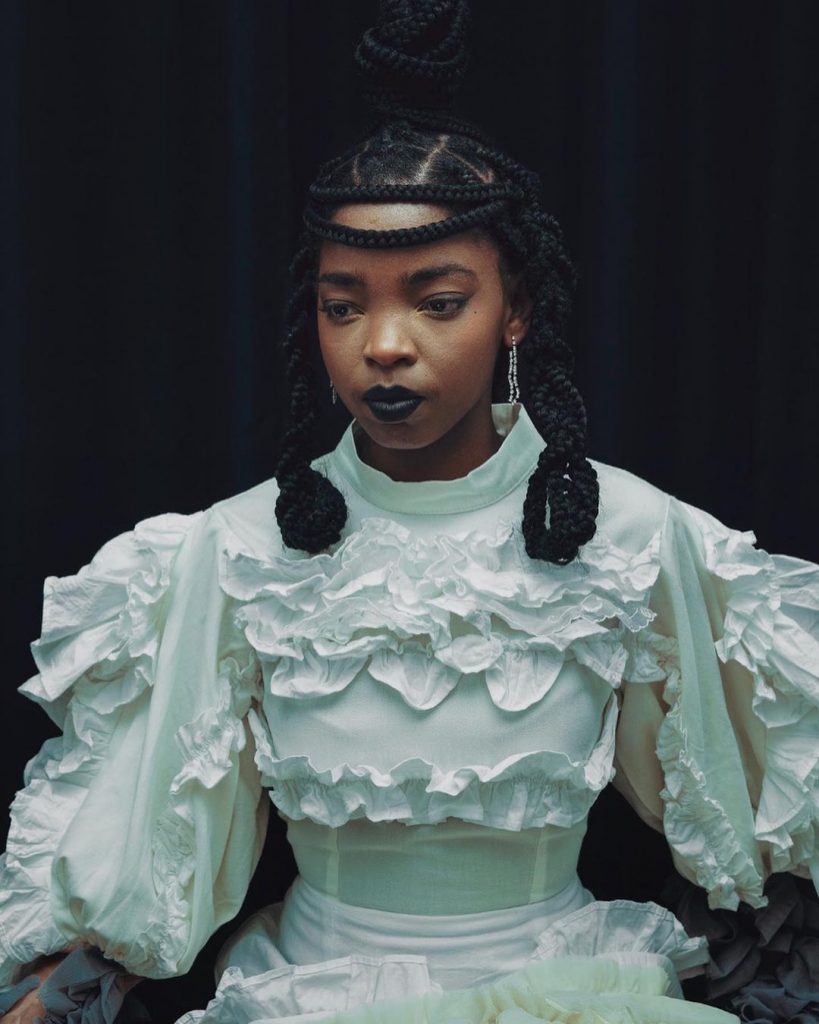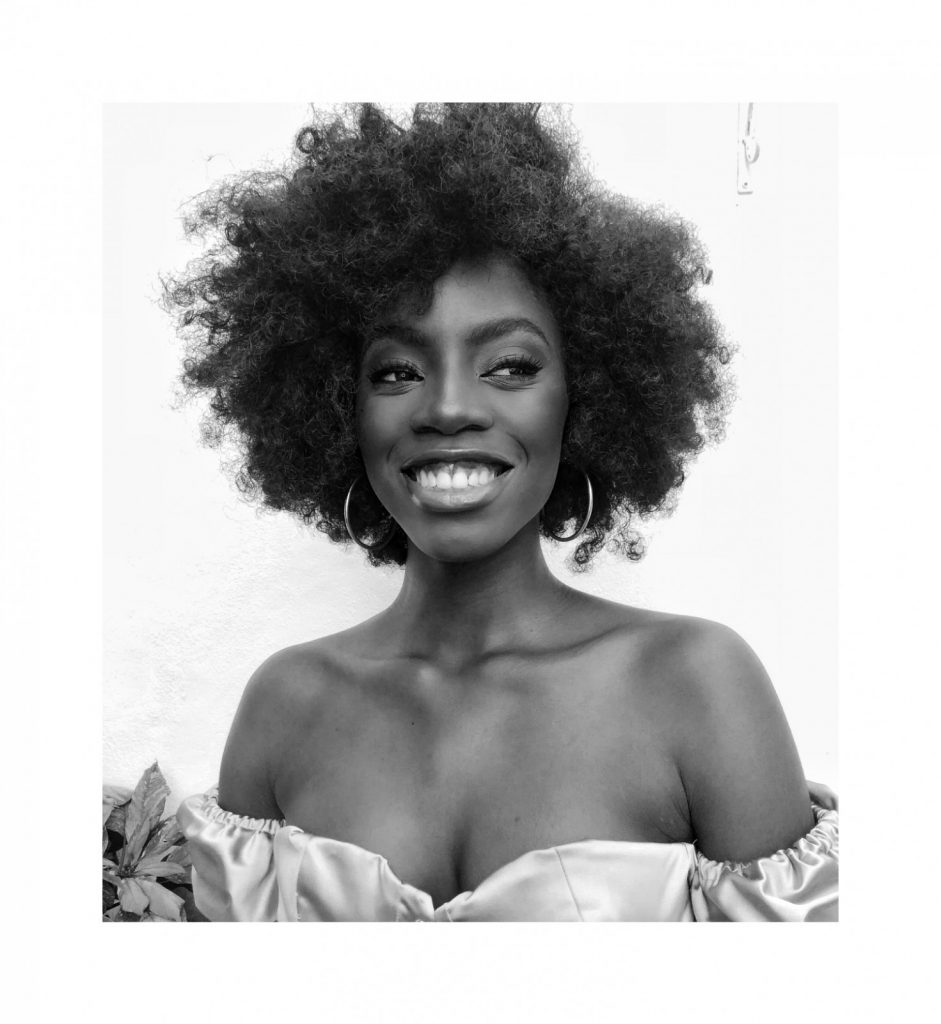As South African Fashion Week (SAFW) returns for its 41st season since its inception in 1997, it will present Autumn/Winter 23 collections from Thursday to Saturday (20 to 22 October) at the Mall of Africa in Midrand. (Themba Mbuyisa)
As South African Fashion Week (SAFW) returns for its 41st season since its inception in 1997, it will present Autumn/Winter 23 collections from Thursday to Saturday (20 to 22 October) at the Mall of Africa in Midrand.
In keeping up with international trends, fashion week has introduced the idea of trans-seasonal collections, which accommodate both cool and warm weather. It endorses gender-neutral and gender-fluid design and embraces diversity and inclusion.
Fashion week has also strengthened its local and international creative collaborations.
And it stays committed to, “marketing and supporting our designer entrepreneurs, creatively and commercially, while most importantly, providing the visibility required to access the local, and global, fashion industry”, as fashion week founder and director Lucilla Booyzen says.
Here’s what to look forward to this season.
 Look out for the quiet brilliance of Fikile Sokhulu. (@paulshiakallis)
Look out for the quiet brilliance of Fikile Sokhulu. (@paulshiakallis)Day 1: The steady rise of Fikile Sokhulu
Look out for the quiet brilliance of Fikile Sokhulu. Her garments possess an ethereal, feminine and ageless quality, blended with mindful and sustainable concepts.
Being included in the recent Standard Bank Gallery exhibition We Are Culture, featuring 13 young artists and curated by creative visionary Bee Diamondhead, only affirms her x-factor.
A fashion design graduate from the Durban University of Technology, Sokhulu’s achievements as a student include showcasing for the first time at fashion week and being part of the Cheers Qingdao Fashion Project in China. She has been a finalist in the SAFW New Talent Search competition and collaborated on a collection with Mr Price.
Sokhulu was also one of four South African designers selected for the Fashion Bridges project, a collaboration between South Africa and Italy through various institutions, including Milan Fashion Week and the SAFW, giving South African and Italian young designers an opportunity to work together on a cultural and design exchange.
Sokhulu says, “I’m very much inspired by the concept of life and trying to interpret it in a way that has an aesthetic femininity, a connection to nature and an organic approach. I like admiring women in my work with garments that are fragile and strong. This is also visible in the fabrics that I choose — I work with natural fabrics.”
Her latest collection, with the theme ‘turning dust into gold’, elaborates on her admiration of women with an exploration of sacred beauty.
Other Day 1 highlights include Amanda Laird Cherry, now based in the United States, who has never missed a SAFW season. Known for weaving cultural anthropology into her garments, her designs are delightfully dramatic and sculptural.
This season Cherry goes back to her South African roots and takes inspiration from Durban’s Victoria Street spice market.
Hangwani Nengovhela of Rubicon is also digging into her roots. Her Autumn/Winter22 collection, which took a restrained design approach with earthy and grounding colours, was a tribute to her late father and a point of reflection. She continues on this path by tapping into her Venda heritage with the Rubicon Autumn Winter 23 collection.
 Thando Ntuli, with her brand Munkus. (Supplied)
Thando Ntuli, with her brand Munkus. (Supplied)Day 2: Munkus – one to watch
For 24 years, the SAFW has launched careers and made fashion stars from its New Talent Search competition.It has helped establish successful designers such as Jacques van der Watt of Black Coffee, David Tlale, Anissa Mpungwe and more recently the Woolmark prize honoree Mmuso Maxwell.
The success and longevity of the competition can be attributed to the SAFW’s consistent and mindful response to industry challenges. It has done this by focusing on commercial success and supporting the winners and finalists through various platforms.
In about 2017, Booyzen introduced the slow fashion criterion to the competition brief to help tick the sustainability box. In 2019, as a response to South Africa’s struggling textile industry, textile craft and print was added to the brief.
“Show us your print” was this year’s New Talent Search design theme where finalists were tasked to change perceptions of fabric design and consider fabrics with less impact on the environment.
Thando Ntuli, with her brand Munkus, is the 2022 winner and she’s one to see on Day 2. The comforts of home run through her design philosophy and winning collection, which boasted vibrant prints and voluminous, asymmetrical, classic and layered structures.
A graduate of the North West School of Design and Fedisa Fashion School in Cape Town, Ntuli started out working with boutiques that support local brands, while studying. She landed a corporate job as a junior fashion buyer and quickly realised that, creatively, it wasn’t a good fit.
With the motto, “apply for everything and think about it later”, she immersed herself in building her brand and trying out different platforms for opportunities and growth. This year, her second attempt at the New Talent Search competition, she was triumphant.
Ntuli’s design signature is rooted in how she thrifted out of her mother’s and grandmothers’ closets to create an intergenerational style infused with millennial, contemporary influences.
“Being home for me represents being your most comfortable and best self. I’m such a family person and I think home is embedded in South African culture. My style, influence and everything that I am comes from the great women in my life — my mother and grandmothers — and how I grew up,” Ntuli says.
Her Autumn/Winter 23 collection, titled Umama Wam, is a tribute to her mother.
Day 3: Veterans evolve
A Day 3 highlight on Saturday is the opening show by Maxhosa Africa. Fresh from exhibiting the Alkebulan collection in London, the brand returns to the SAFW after a long absence.
With it, Laduma Ngxokolo has created an aspirational brand boasting luxurious and craftsmanship flair.
Aside from the Scouting Menswear competition, look out for Ephymol by Ephraim Molingoana. The designer’s continual reinvention experiments with textures, prints and styles.
A pioneer, Molingoana debuted at the SAFW in 2002 with a collection called Pink Panther that heralded fitted tailoring and popping colour for menswear. This time, he presents a gender-fluid collection.
We lost another pioneer in the late Wandi Nzimande, co-founder of Loxion Kulca. Now under the leadership of Ole Ledimo, Loxion Kulca — deeply rooted in Soweto street culture — will close this season of the SAFW.
Ledimo says the new collection is expressive and disruptive. “It offers opinions, statements, short stories and perspectives on the essence of streetwear. It represents a lifestyle that was born in the early 1980s in Africa and includes influences such as skateboarding, graffiti, punk, kwaito, reggae, hip-hop, the emerging amapiano and club culture, as well as the art scene in downtown city centre.”